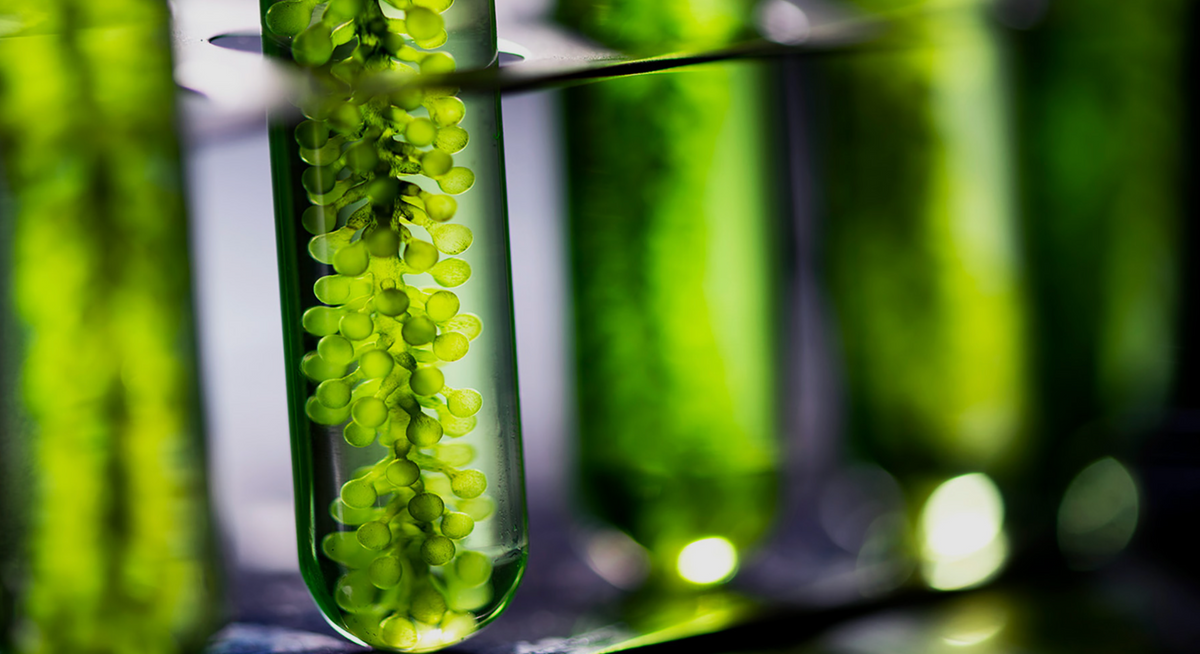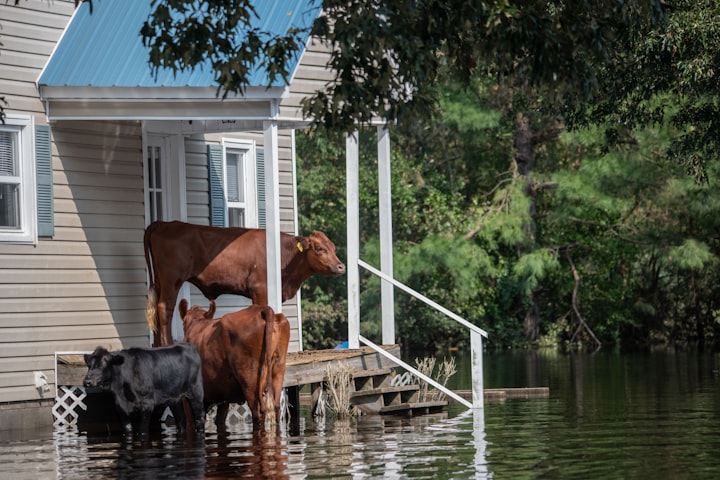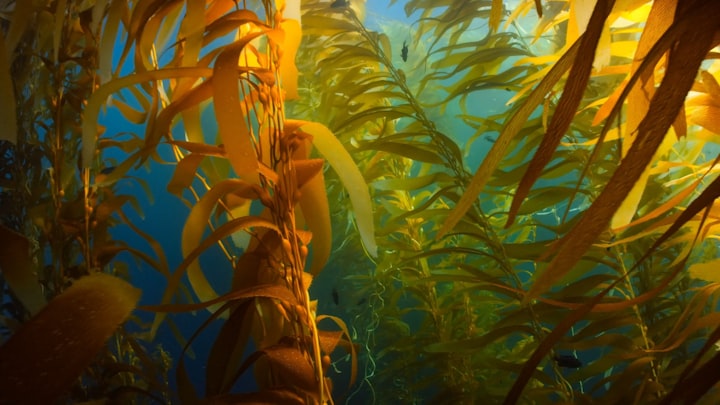When Sowmya Balendiran set out to get her Ph.D. in India, she had no idea she was taking the first step on a journey to become a top innovator, recognized by the World Economic Forum for her breakthrough work in scaling kelp production as a fossil fuel alternative. Thirteen years later, she looks at how she and her team at Sea6 Energy got here and shares tips for leading climate action.
When we started, frankly, I don't think we ever thought that this is going to be such an urgent need so soon. So we started in 2010. At that point the price of crude oil was pretty low, right? And, climate action was not really on top of anyone's head.
But it was top of mind for Sowmya and her classmates. They understood the true cost of integrating fossil fuels into every part of our lives, from fertilizers for our coffee to gas for our cars. And wanted to find an alternative that would work for the whole petroleum value chain.
From the beginning, they had a lot of constraints, including a very limited supply of land and fresh water in India. They knew they'd have to find a different way to think about energy production.
Fossil fuels are something that you pull out of the earth. So, the fundamental question was, how can we come up with alternatives for them? And the simple answer we found was that it all started with plants. Fossil fuels are nothing but plants. So if we can find an alternative way of growing plants at a large scale today, then we can convert that basically carbohydrates, which gets converted into fuels. And that's what we wanted to do. So that's how the whole story started.
That re-frame – and the constraints they identified – made it much easier to think about alternatives. If they couldn't use land or freshwater, maybe they could use the sea. Which led them to think about kelp production. But not just small-scale hand-farmed kelp, which is the way everyone was doing it. They saw incredible potential in figuring out how to do commercial kelp production at scale, so they could convert it into many different products, including fuel, food, and materials like bioplastics.
So that's been the journey in the last 13 years. We really wanted to do a very sustainable biomass production, which is what we called Blue Carbon feed stock using only cultivated varieties. We mechanized that whole process to make the productivity much more efficient, to make it more safe and easy for people to do. Then we worked on the entire downstream R&D to make products from it, which we feel can have a large impact on food production, plastic reduction, and eventually the fossil fuel replacements as well for certain sectors. And today we can happily say that we are probably one of the leading pioneers when it comes to tropical sea plant cultivation.
They're now growing kelp at scale across Asia, with the ability to operate almost anywhere on the planet.
But the journey to get here was not easy. In the early days, their equipment broke, sunk and failure was commonplace. Looking back now as a global climate tech leader, Sowmya recognizes six things that helped them succeed.
Begin early.
Starting out as young Ph.D. students was actually an advantage. Not only did they see things with fresh eyes, but they were also free from the constraints that come with "adulthood".
"We didn't have families to feed. All we wanted to do was work together and create solutions for real problems. It was not even about creating a big business, making money or any of those things. We were a team of people who worked together. We had gone to some global competitions, won them. So we really liked working with each other as a team."
Focus on scalability.
"At Sea6 Energy, the first question we ask is, 'Can this be scaled to multiple tons, thousands of tons.' It's not about creating an impact for five people or ten people. Can we really create impact at a very large scale? So when you put that importance right in front of you, I think that changes the way you look at things. You're no longer thinking, 'Let me just get to a prototype.' Immediately you're looking at, if I make this prototype, can I make this 10,000 times? Can I make it effectively, efficiently? If something is not going to be scalable, a hundred fold, a thousand fold, it immediately gets discarded."
Commit to sustainability.
They knew that the challenges of climate change weren't going away, and that they'd have to find solutions that worked in the long term.
"We didn't want to use land and water. That was very, very clear because land and water needs to be used for agriculture, for food production, which itself is going to be in demand in the future. We cannot already use what we have a very, very limited amount of."
Solve real problems, of all sizes.
Innovation doesn't always have to be a big idea.
"Sometimes very simple innovations can solve a climate problem. For example, there are companies which are working on just mapping and providing data sensors to understand how the ecosystems under the water and the oceans work. That can be a big starting step for somebody who's trying to protect certain marine areas or do certain activities in certain areas and not in others. So it could be a very simple creative solution, which can feed into solving a larger problem. So I think we need all kinds of innovation.
Build a caring, multidisciplinary team.
Complex problems can't be solved by just one person or discipline.
"What we've always advocated in Sea6 is that, to develop really breakthrough technologies, you need to work with everything the world has to offer. And we've been blessed in finding good people, not just in India, but globally. We have people from engineering, from sciences, from agriculture, biochemists, ocean engineers. So we have a very multidisciplinary team and I think that also played a role in the way we were looking at things."
But expertise isn't the only thing you need on your team. You also need people who care about each other and the planet.
"We also like each other. Many of us gave up our PhDs or the jobs which we had in hand, and we said, 'Let's do this.' When you have good people who you enjoy working with, and then you have a good problem to solve, the whole thing becomes very exciting."
Never give up
As she looks ahead, Sowmya offers some final advice to climate leaders and innovators struggling to make their own breakthroughs.
"Think one day at a time. Have your goals set up very clearly, even though your goals might take five years or six years to reach. Break them down into smaller goals and keep looking at progress. Reach out for help when you need it. And, go one day at a time. Like I said, it's a marathon."
Watch Sowmya's presentation in Davos at the WEF, explore the work of Sea6 Energy or listen to our full conversation.





